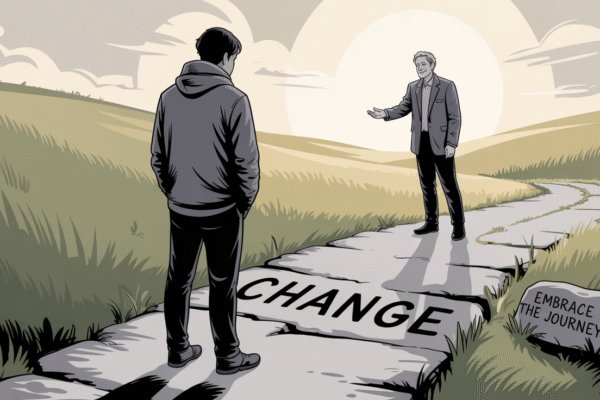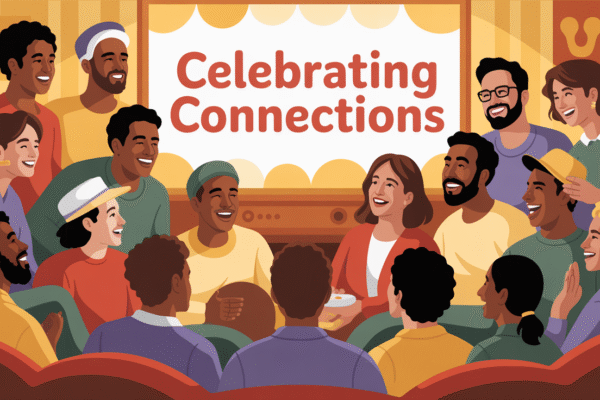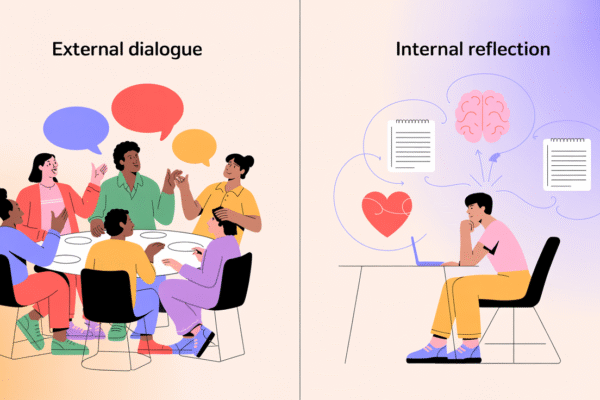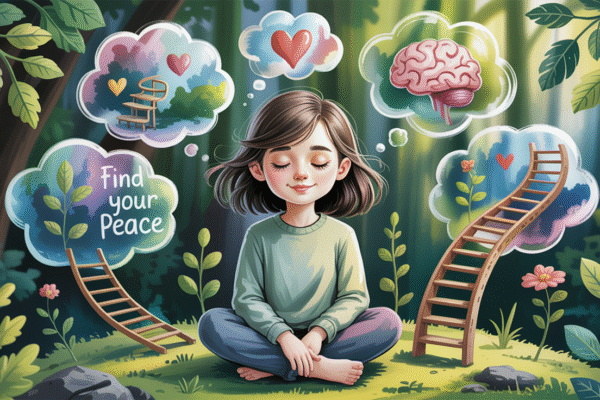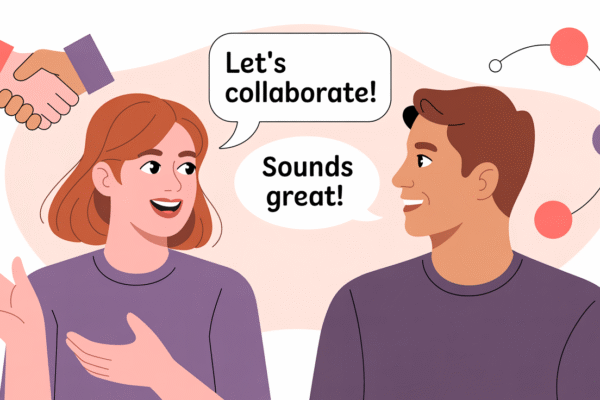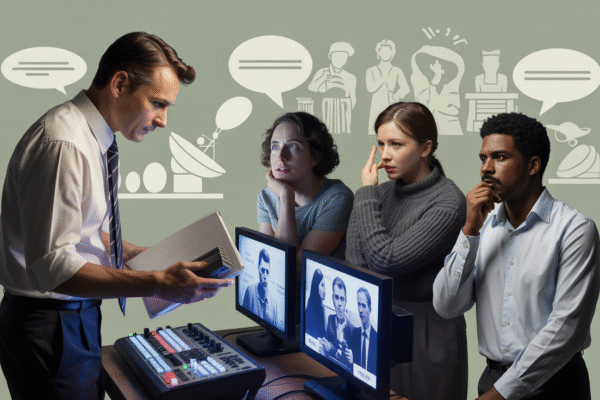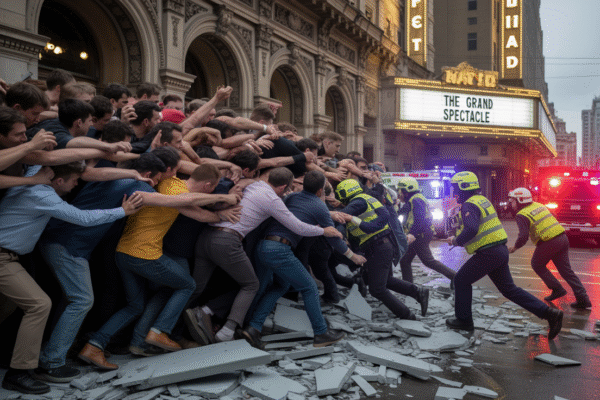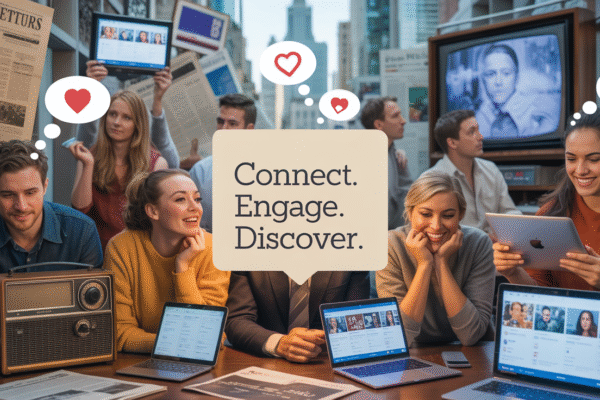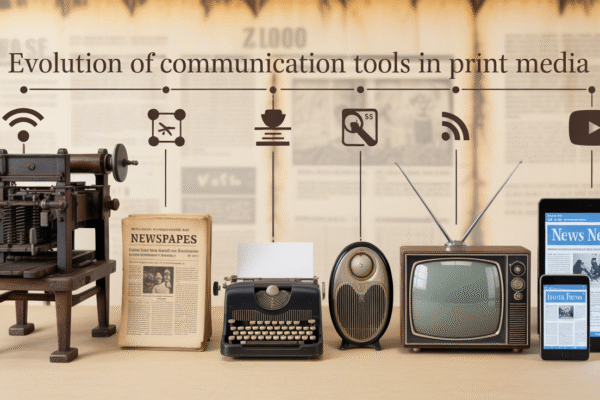Resistance to Change as a Psychological Barrier to Communication: How Fear Blocks Understanding
Change may be inevitable but accepting it isn’t always easy. One of the most common and deep-rooted psychological barriers to communication is resistance to change. Whether it’s a new idea, a shift in values, or a proposed innovation, individuals often push back, not because they’re stubborn, but because change threatens something personal: their comfort zone,…
